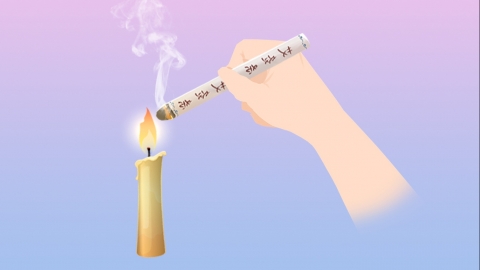Can edema be treated with moxibustion?
Generally, whether edema can be treated with moxibustion depends on a comprehensive assessment of the specific cause, location of the edema, and the patient's overall physical condition. If discomfort occurs, it is recommended to seek medical attention promptly. The detailed analysis is as follows:

When edema is caused by external cold-dampness invasion or deficiency-cold factors such as spleen-kidney yang deficiency, and there are no obvious signs of heat in the body, moxibustion may be used for regulation. Moxibustion can warm and unblock meridians, dispel cold and dampness, and strengthen the spleen and kidneys. It stimulates the body’s yang energy, promotes fluid metabolism, and alleviates symptoms such as limb swelling and heaviness. Commonly used acupoints include Zusanli (ST36), Yinlingquan (SP9), Pishu (BL20), and Shenshu (BL23).
If edema results from excessive damp-heat, yin deficiency with hyperactivity of fire, or qi stagnation with blood stasis, or is accompanied by heat manifestations such as red and hot skin, dry and bitter mouth, irritability, and insomnia, moxibustion is not recommended. In these cases, applying moxibustion may aggravate internal heat accumulation, worsen edema, and potentially lead to increased dryness of the mouth or heightened irritability. Blind application of moxibustion should be avoided.
Before performing moxibustion, the underlying cause of edema must be clearly identified, and it is advisable to have a qualified practitioner conduct a pattern differentiation prior to treatment. During moxibustion, temperature and duration should be carefully controlled to prevent burns, especially in areas where edematous skin is thin and fragile. Monitor the body's response throughout the process; if edema worsens or any new discomfort arises, discontinue immediately. Individuals with weak constitutions should avoid excessive moxibustion to prevent further depletion of vital energy.








